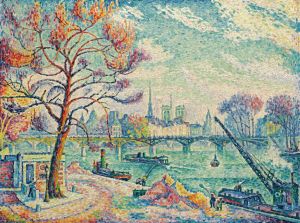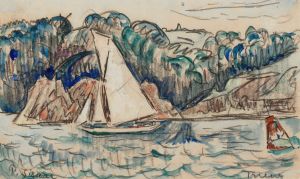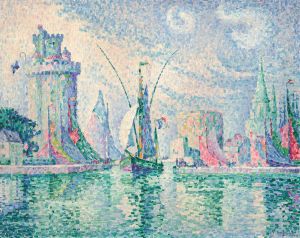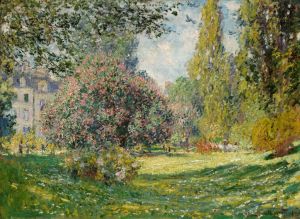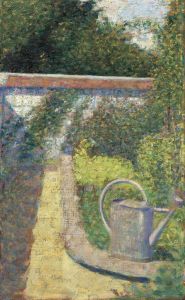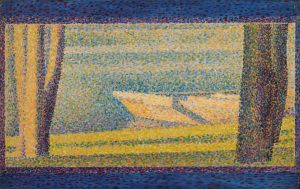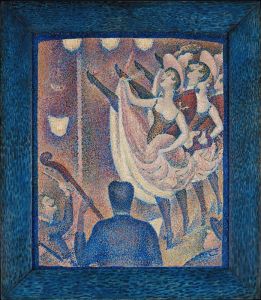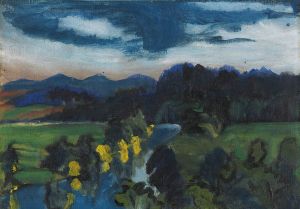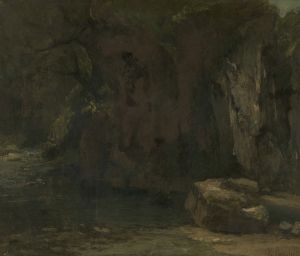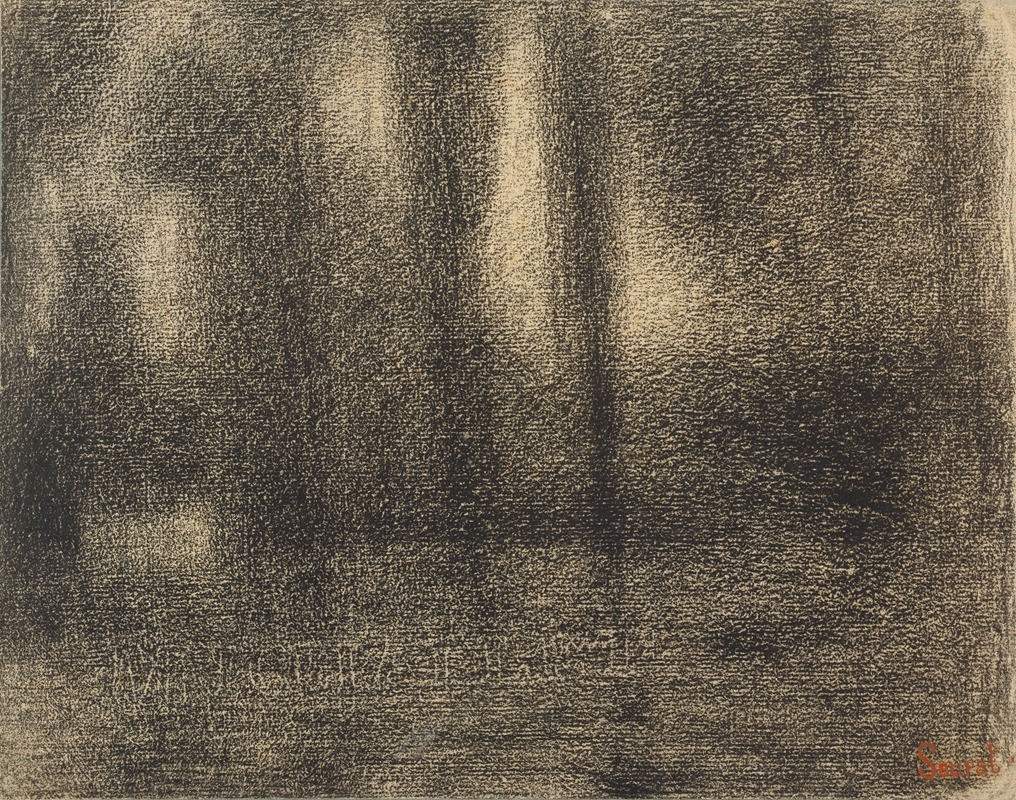
Poplars
A hand-painted replica of Georges Seurat’s masterpiece Poplars, meticulously crafted by professional artists to capture the true essence of the original. Each piece is created with museum-quality canvas and rare mineral pigments, carefully painted by experienced artists with delicate brushstrokes and rich, layered colors to perfectly recreate the texture of the original artwork. Unlike machine-printed reproductions, this hand-painted version brings the painting to life, infused with the artist’s emotions and skill in every stroke. Whether for personal collection or home decoration, it instantly elevates the artistic atmosphere of any space.
Georges Seurat, a pioneering French post-Impressionist artist, is renowned for his innovative use of color and technique, particularly through the development of pointillism. One of his lesser-known works, "Poplars," exemplifies his meticulous approach to painting and his interest in capturing the effects of light and atmosphere.
"Poplars" was painted during a period when Seurat was deeply engaged in exploring the scientific principles of color and light. This painting, like many of his works, reflects his dedication to the technique of pointillism, a method characterized by the application of small, distinct dots of color that are applied in patterns to form an image. This technique was rooted in contemporary color theory and was intended to produce a greater luminosity and vibrancy than traditional methods of blending pigments.
The subject of "Poplars" is a serene landscape featuring a row of poplar trees, a motif that Seurat revisited in several of his works. The painting captures the tranquil beauty of the natural world, with the poplars standing tall against a backdrop that suggests a gentle, breezy day. Seurat's choice of poplars as a subject may have been influenced by their elegant form and the way they interact with light and shadow, offering an ideal opportunity to experiment with his pointillist technique.
In "Poplars," Seurat's use of color is particularly noteworthy. He employed a limited palette, focusing on the interplay of greens, blues, and earth tones to convey the essence of the landscape. The careful placement of individual dots of color allows the viewer's eye to blend them optically, creating a harmonious and vibrant scene. This method not only enhances the visual impact of the painting but also demonstrates Seurat's commitment to exploring the scientific aspects of art.
Seurat's work on "Poplars" reflects his broader artistic philosophy, which sought to bridge the gap between art and science. He was influenced by the color theories of Michel Eugène Chevreul and Ogden Rood, which emphasized the importance of complementary colors and the optical mixing of hues. By applying these principles, Seurat aimed to achieve a more dynamic and luminous effect in his paintings, setting his work apart from that of his contemporaries.
Although "Poplars" is not as widely recognized as Seurat's masterpiece "A Sunday Afternoon on the Island of La Grande Jatte," it remains an important example of his artistic innovation and dedication to the principles of pointillism. The painting is a testament to Seurat's skill in capturing the subtleties of light and atmosphere, as well as his ability to transform a simple landscape into a complex study of color and form.
Seurat's contributions to the art world extend beyond his individual works; his development of pointillism influenced a generation of artists and helped pave the way for future movements such as Fauvism and Cubism. "Poplars," like many of Seurat's paintings, continues to be studied and admired for its technical precision and its role in the evolution of modern art.





